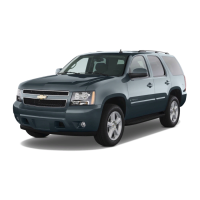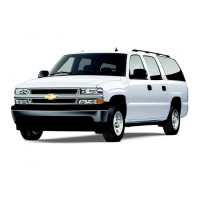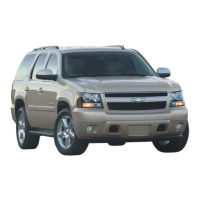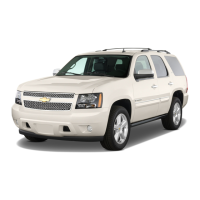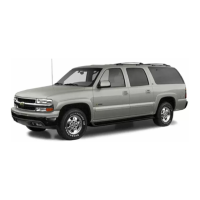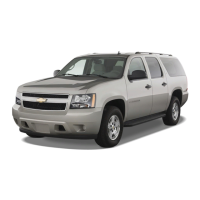Your
Driving and
the
Road
~~ ~
Driving in Fog, Mist
and
Haze
1
AN459006
Fog can occur with high humidity or heavy frost. It can be
so
mild that you
can see through it for several hundred feet (meters). Or
it
might be
so
thick
that you can see only a few feet (meters) ahead. It may come suddenly to
an otherwise clear road. And it can be a major hazard.
When you drive into a fog patch, your visibility will be reduced quickly. The
biggest dangers are striking the vehicle ahead or being struck by the one
behind. Try to “read” the fog density down the road. If the vehicle ahead
starts to become less clear
or,
at night,
if
the taillights are harder to see, the
fog is probably thickening. Slow down to give traffic behind you a chance to
slow down. Everybody then has a better chance to avoid hitting the vehicle
ahead.
A
patch
of
dense fog may extend only for a few feet (meters) or for miles
(kilometers); you can’t really tell while you’re in
it.
You can only treat the
situation with extreme care.
One common fog condition-sometimes called mist or ground fog-can
happen in weather that seems perfect, especially at night or in the early
morning in valley and low, marshy areas. You can be suddenly enveloped in
thick, wet haze that may even coat your windshield. You can often spot these
fog patches
or
mist layers with your headlights. But sometimes they can be
waiting for you as you come over a hill
or
dip into a shallow
valley.
Start
your windshield wipers and washer to help clear accumulated road dirt. Slow
down carefully.
4-40

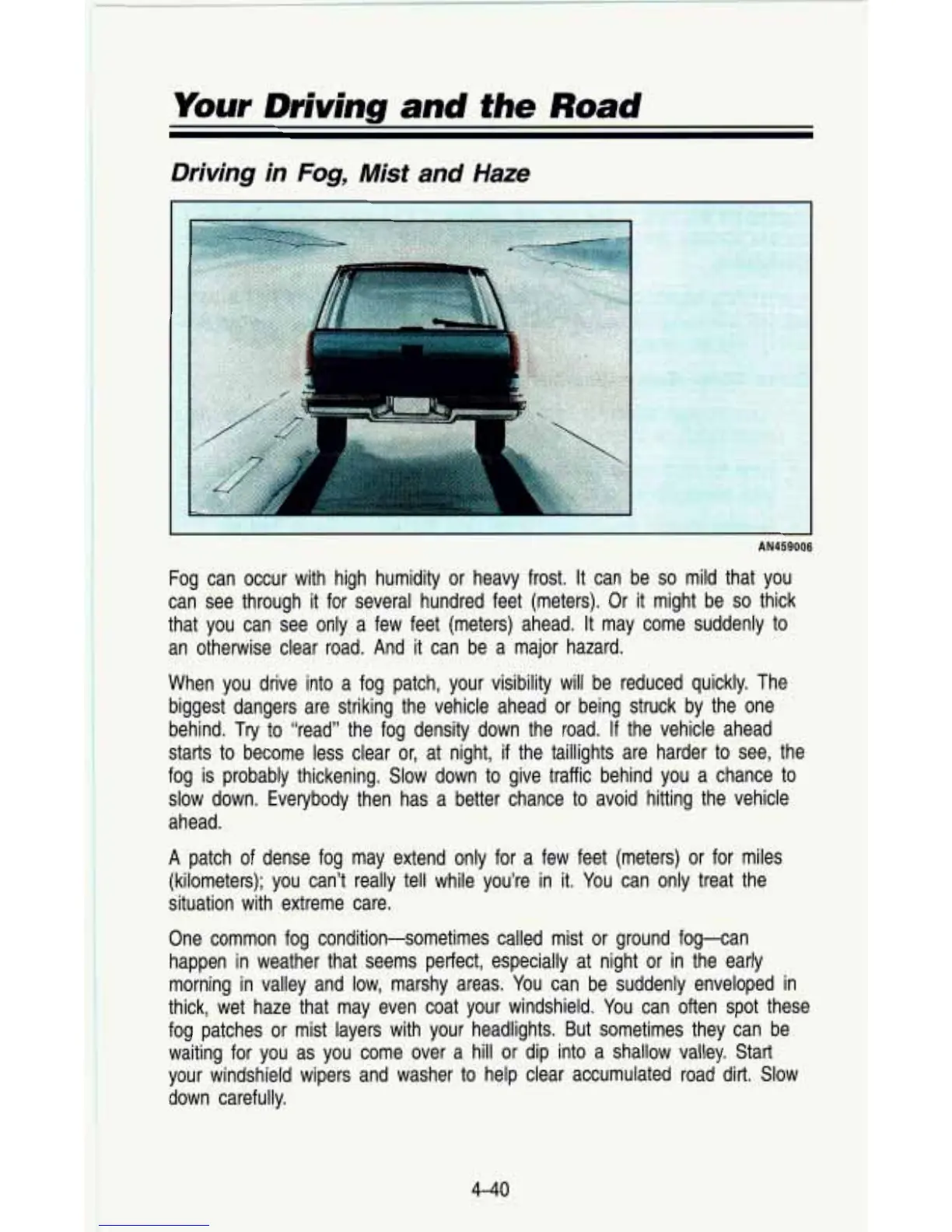